| 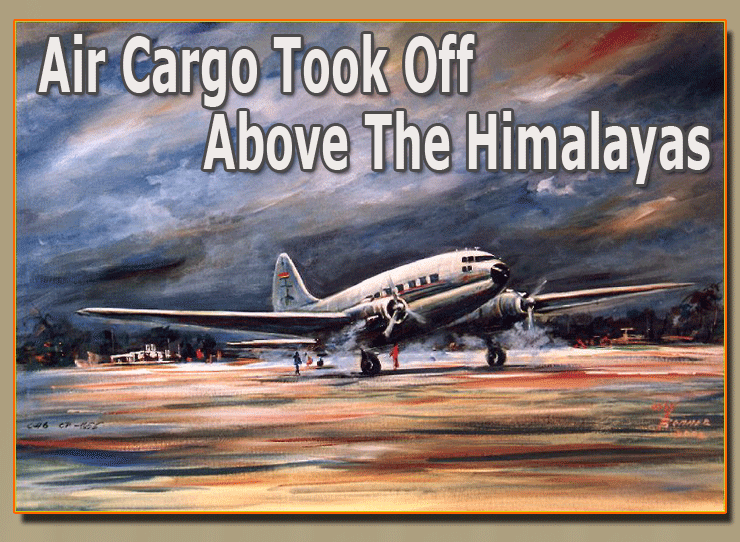
If
you want to know exactly when the defining time occurred for air cargo
in the 20th century, and what led to its development, just cast a line
back seventy six years ago and you will discover that modern air cargo
was born in India and China.
Today, as air cargo’s future is increasingly
connected to these two ancient countries, it can be said that what is
old is new again.
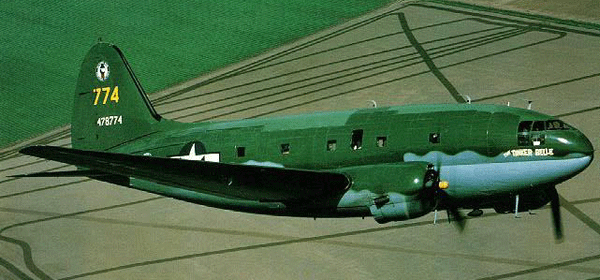 Early in World War II, President Roosevelt
asked Army Air Force General Hap Arnold to devise a method for supplying
Chinese and American troops and aviators fighting against the Japanese
in China.
Early in World War II, President Roosevelt
asked Army Air Force General Hap Arnold to devise a method for supplying
Chinese and American troops and aviators fighting against the Japanese
in China.
Americans were aiding the Nationalist forces
of Chiang Kai Shek, while American aviators operating P40B fighter aircraft
supplied by the USA were part of an all-volunteer group known as the AVG,
under the command of Claire Chennault.
Later, the world would come to know this
pilot group as the legendary Flying Tigers.
As the enemy closed in, military planners
decided that an air route across some of the most rugged territory in
the world—the Himalayan Mountains—would be sustainable in
any event.
The route quickly earned a name that has
immortalized the effort and heroism of that first great air cargo movement,
which kept freedom and hope alive for millions during the darkest days
of the conflict: for succeeding generations, “The China-India-Burma
Hump (CBI)” described a journey which created an aerial lifeline
from the Assam Valley in India to Kunming, China.
China-India-Burma Hump operations took off
after the Japanese closed down the overland truck route, called The Burma
Road, as Rangoon and the country fell in early 1942.
To look at it today, that vaunted and somewhat
mysterious Burma Road is/was little more than a mostly unimproved artery
hacked out in serpentine form in the rugged mountains.
But as breathtaking as the sheer cliffs
were to passengers and drivers inching along the Burma Road, that experience
was nothing compared to the adventure of take-off and landing first-generation,
all-cargo aircraft operating back and forth between India and China.
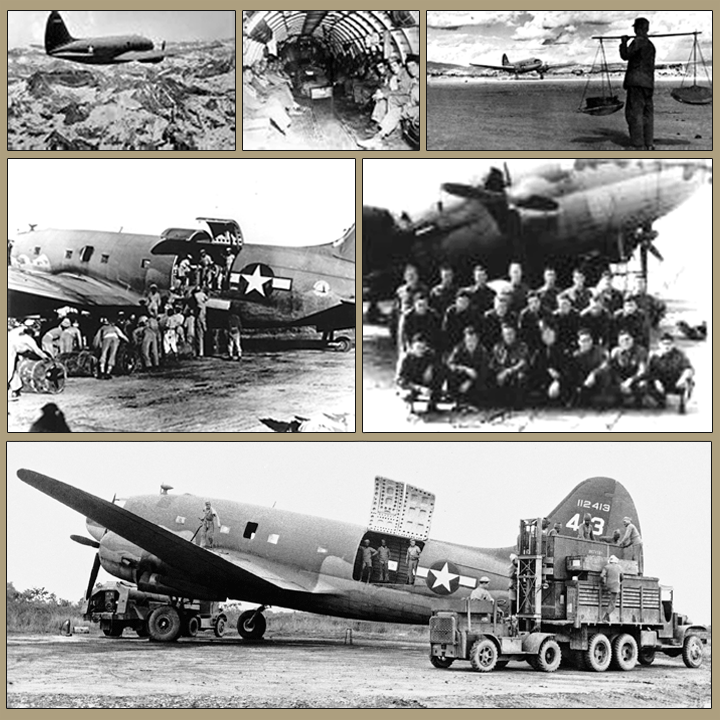 |
The Himalayas are rugged mountains,
some as high as 14,000 feet, which lay square between the Assam Valley
and Kunming.
Since the Japanese controlled everything
else, there was no right or left about it either.
The only way between the two cities was
the relatively short 500-air mile, truly hellish flight up over the mountains.
Although today, aircraft routinely fly over
the Himalayan Mountains, as World War II raged, the otherwise picturesque,
snow-capped, remote peaks were a daunting challenge to airmen and their
twin-engine aircraft.
Flights from Assam to Kunming often took
several hours.
Unpredictable weather and wind currents
were a constant challenge, extending the journey for additional hours
as aerial charts were drawn and redrawn to direct flights around fierce
storms.
Bodies were often stressed to the limit;
as engines beat ominously against an unforgiving sky, aircraft would encounter
up and down drafts, falling and rising thousands of feet in almost an
instant.
Without warning, an airplane would be flipped
over by wind currents or whipped side to side.
The run quickly gained the ominous moniker,
“aluminum alley.”
During the three plus years of Hump operations,
more than 167,285 trips were completed, delivering 760,000 tons of air
cargo.
But the price was paid with 792 lives lost
aboard 460 aircraft and 701 major accidents.
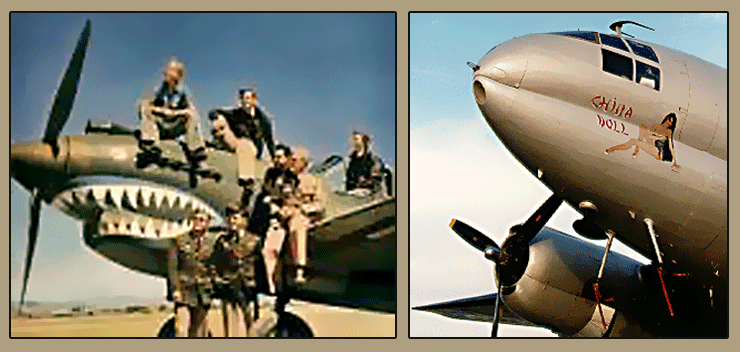 |
Incredibly, seventy-six years
later, remains of Hump pilots and their downed aircraft are still being
recovered.
In the summer of 2002, an expedition scaled
an 18,000-foot peak, bringing back fragments and other remains of an air
cargo flight from 1944 that went missing and was never heard from again,
until someone spotted it from the air in 1999.
Not enough can be said of the heroism and
sacrifice that was made by the early military air cargo pilots. They were
a select and intrepid breed with lion-sized courage and determination.
Everyone connected in any fashion to aviation,
and especially air cargo, owes the Hump pilots who founded our great industry
a debt of gratitude that we should never forget.
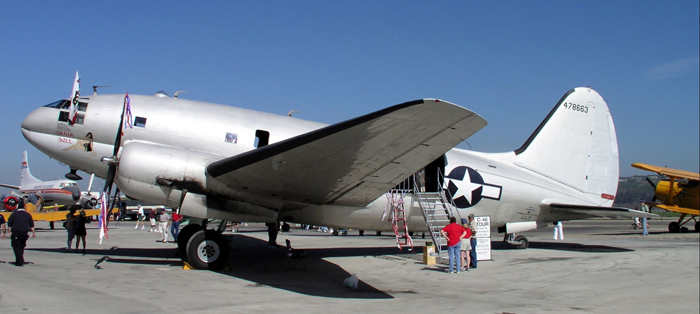 |
The first flights over “The
Hump” carried Avgas and oil earmarked to support The Doolittle Raid
on Tokyo in April 1942 and, as mentioned, Flying Tigers P40B fighter operations.
Those first DC-3 all-cargo flights were
accomplished with passenger aircraft that were conscripted into the effort
from China National Airlines (CNAC, a working partner of Pan Am) and others.
Even more amazing were the pilots, who were
sipping coffee in the cockpits of DC-3s a few weeks earlier at home in
the USA as they flew between places like Chicago and Albuquerque for the
commercial airlines.
The outstanding airplane to emerge from
Hump operations was the C-46A- Curtiss Commando.
Called “Dumbo” by its pilots
and crew after the 1941 Disney movie, the Curtiss C46A was an airplane
that was out of place almost everywhere but the CBI Theater.
But at CBI, the Commando lifted twice as
much cargo into the sky as the DC-3, upon wings that were actually four
feet wider than the B-17 heavy bomber of the era.
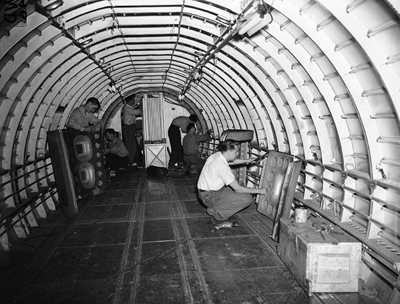 The Commando had better manners at high
altitude and could haul twice the load of the DC-3.
The Commando had better manners at high
altitude and could haul twice the load of the DC-3.
The Commando’s “double bubble”
fuselage offered more room and stability aloft, and in some cases pressurized
high altitude operations at its service ceiling of 21,000 feet.
But as many veterans of the CBI recall,
Dumbo was no push over.
Almost every flight was an adventure.
Serving the theater it was destined to define,
the Curtiss Commando flew its last CBI Hump flight in November 25, 1945.
In total, more than 3,100 Curtiss Commandos
were built, serving in every theater of World War II.
After the war, several carriers converted
the wartime transports to civilian tasks for air cargo and passenger usage.
The Commando made a brief comeback during
the Korean War, but was quickly replaced in air cargo and other applications
by the newer C-119 Flying Boxcar.
As late as the 1980s, more than 300 Curtiss
Commandos were still in service.
Today, with the exception of South America
and several air museums, the public has mostly forgotten the Commando,
opting for a love affair with the more popular Douglas DC-3.
For the record, the first Hump airlift delivered
30,000 gallons of Avgas and 500 gallons of oil.
In August 1942, aerial deliveries continued
aboard what was named the India-China Ferry Command.
By December 1942, with some 29 aircraft, the cargo service flights were
folded into the newly formed Air Transport Command (ATC).
Volumes of air cargo that were moved across
The Hump formed an ever increasing supply tide, which eventually contributed
to Allied victory.
An indication of how great an impact Hump
operations had on the fortunes of the Allies can be seen by tracking shipments
numbers.
In July 1942, 85 tons were moved. In July
1943, 2,916 tons flew above the Himalayas.
In 1944, 18,975 tons of air cargo flew.
In 1945, the last year of operations, more than 71,042 tons of war material
was delivered.
Make no mistake, those shipment numbers,
plus a wealth of cheaply priced DC-3s and Curtiss Commandos made available
after the war, fueled aviation’s imagination as to a future role
for air cargo.
As the war ended, returning GI’s once
again took up their civilian lives.
Pilots and soldiers would become entrepreneurs.
Aircraft once used to move gasoline and
oil, people and tungsten, green tea, hand grenades and Hershey Bars were
sold off as war surplus, as more than 100 air cargo companies, including
one outfit called The Flying Tiger Line, went into business in the United
States and elsewhere in the world between 1945 and 1947.
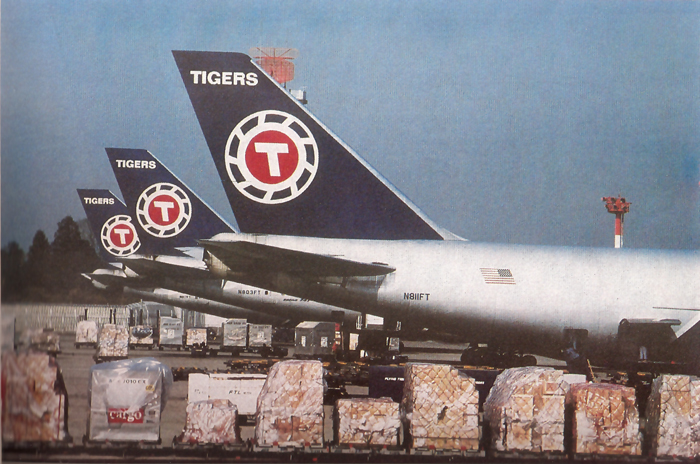 |
Later in 1948 the Russians,
in a political power play they were destined to lose, surrounded Berlin,
not allowing any vehicular or rail traffic to access the inland city located
in the Russian Zone of post-war occupied Germany.
With the success of the China-India-Burma
Hump air cargo operations and Air Transport Command now a full time branch
of the U.S. Army Air Force, air cargo was at the world’s attention
as The Berlin Airlift saved a city of three million.
Geoffrey Arend, Flossie Arend
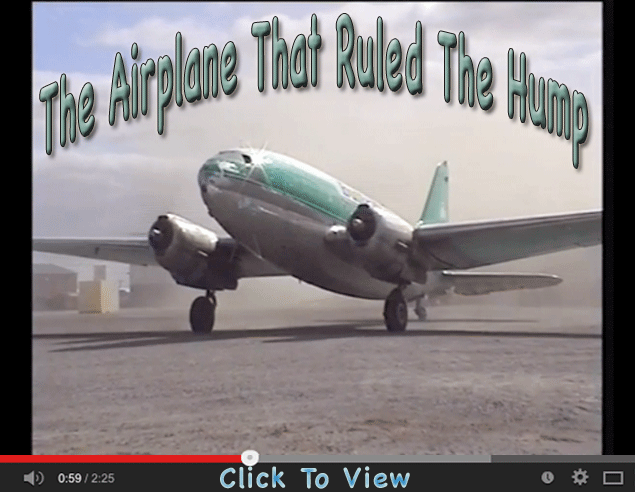
Spend
a few minutes with the airplane that carried the cargo, proving
a new industry was waiting in the wings.
Here is a vintage C46-D based at
Yellowknife Northwest Territories, Canada still humping cargo
and the sweet sound of those engines is not to be forgotten.
Go full screen, lean back and enjoy
the ride.
|
|






 Vol.
17 No. 30
Vol.
17 No. 30 Vol.
17 No. 31
Vol.
17 No. 31